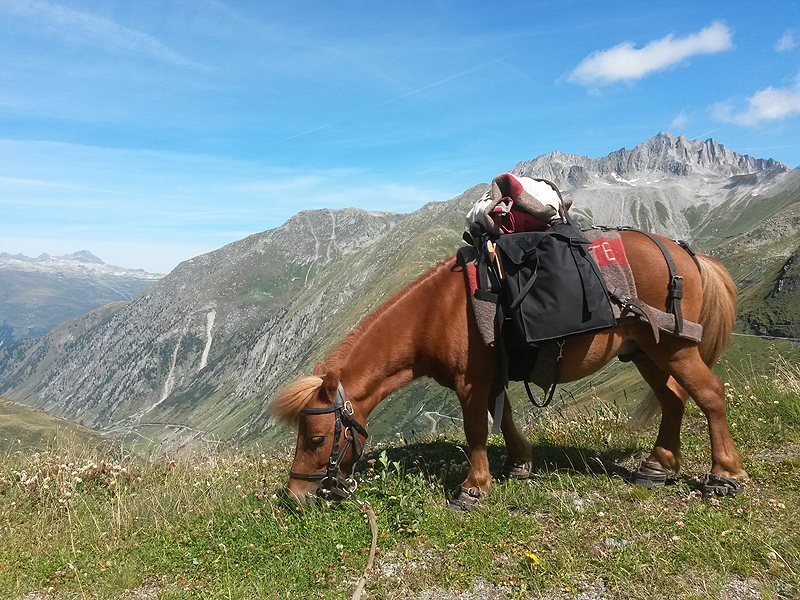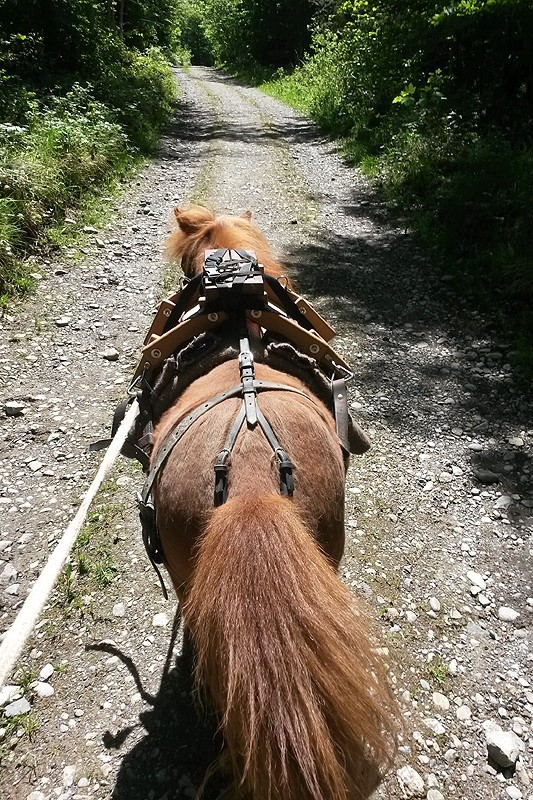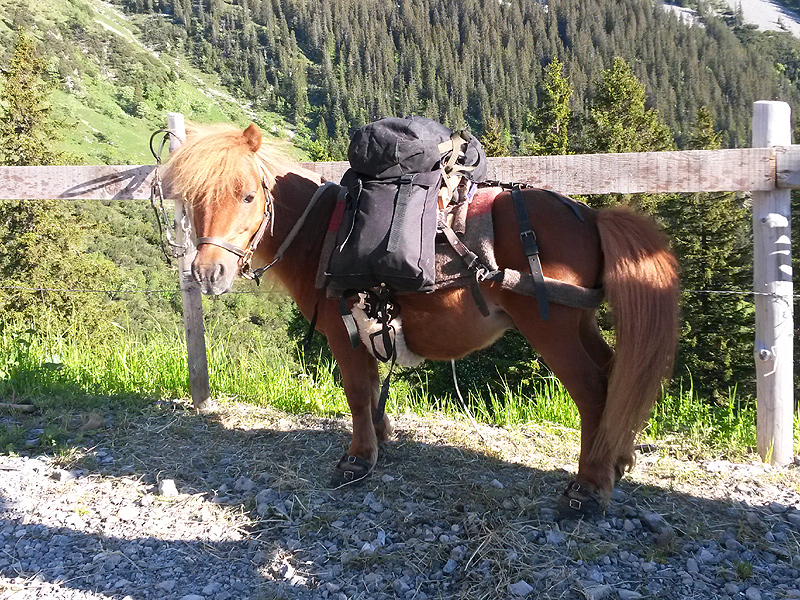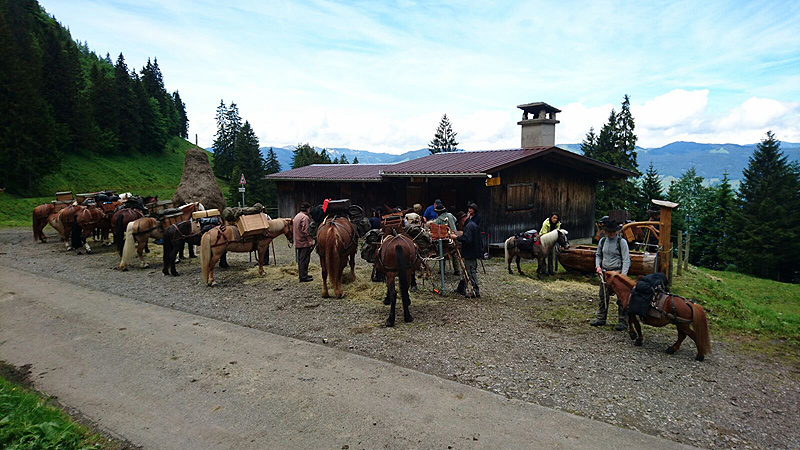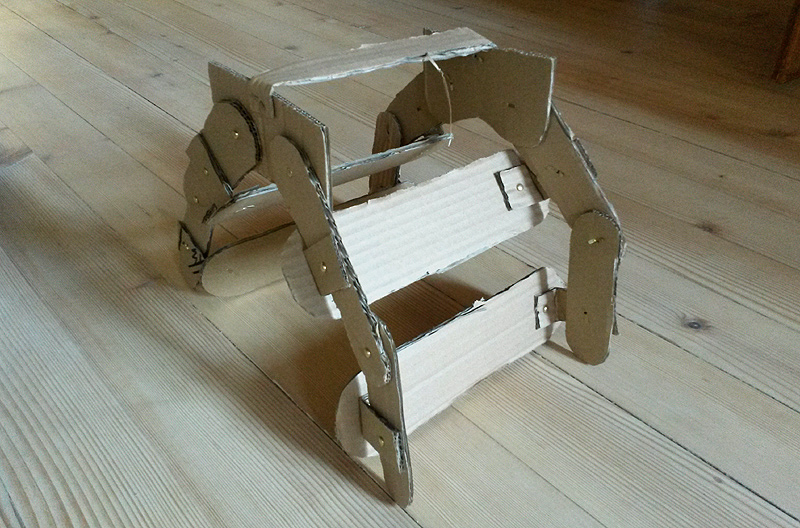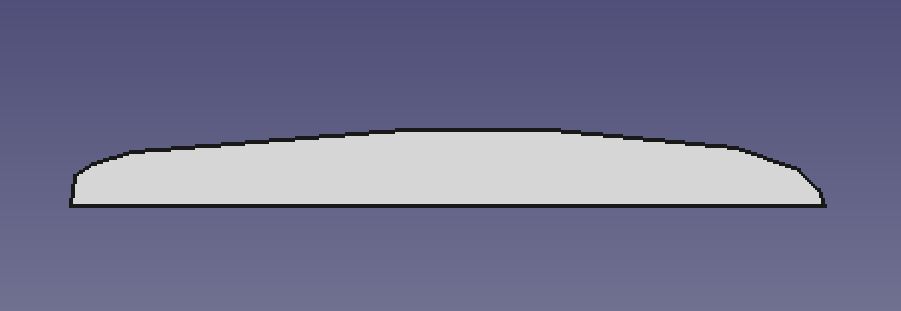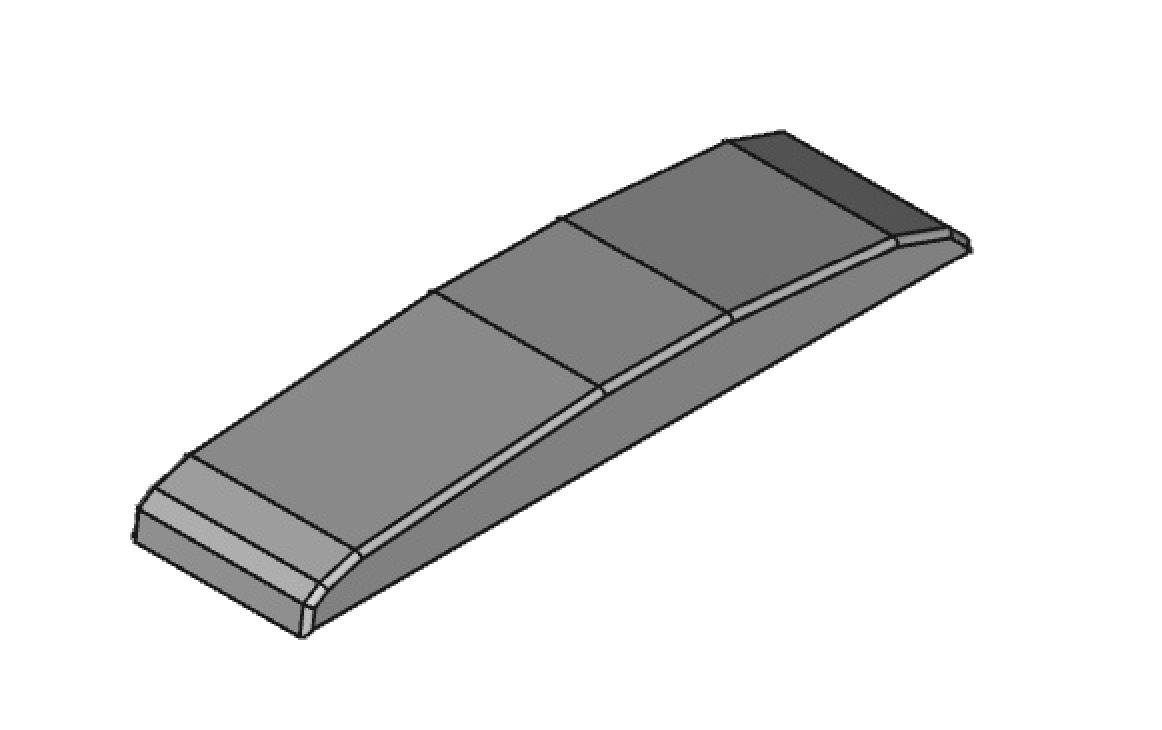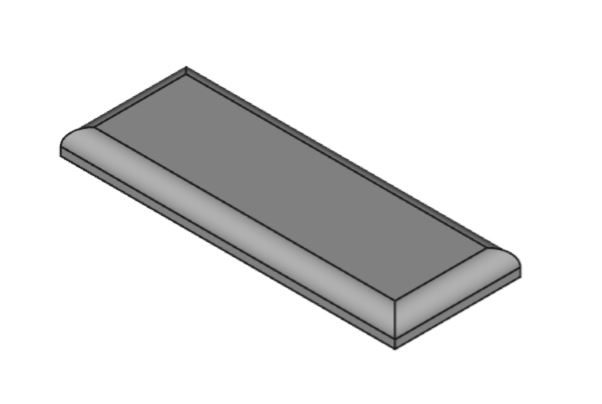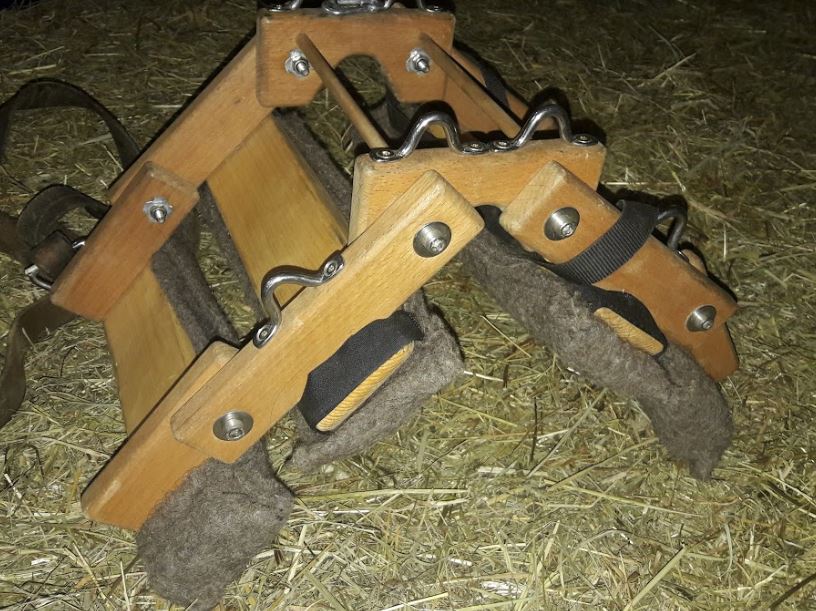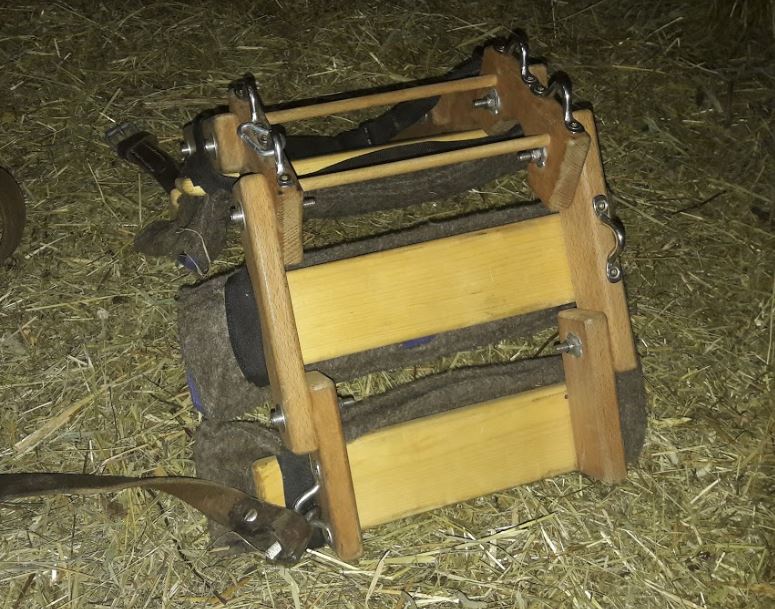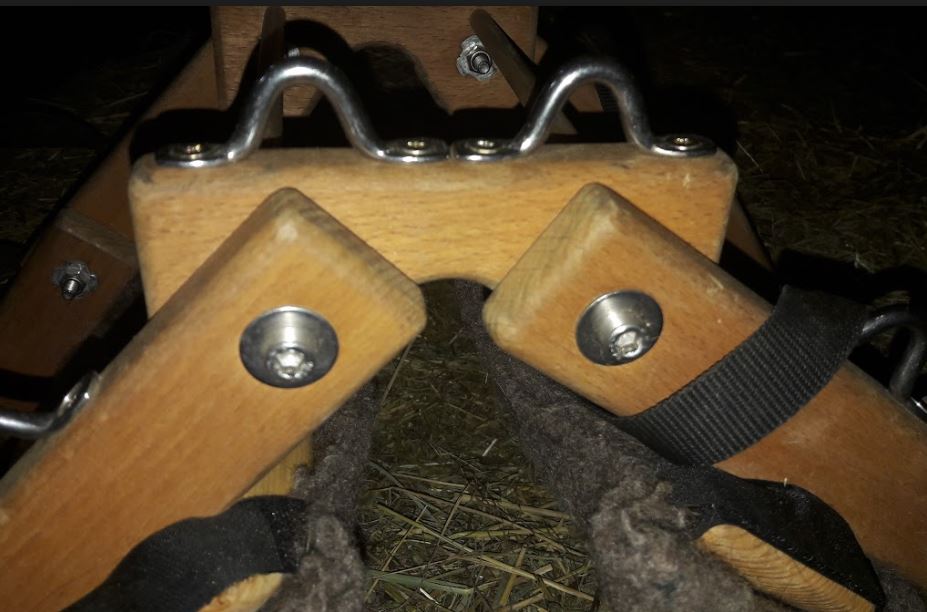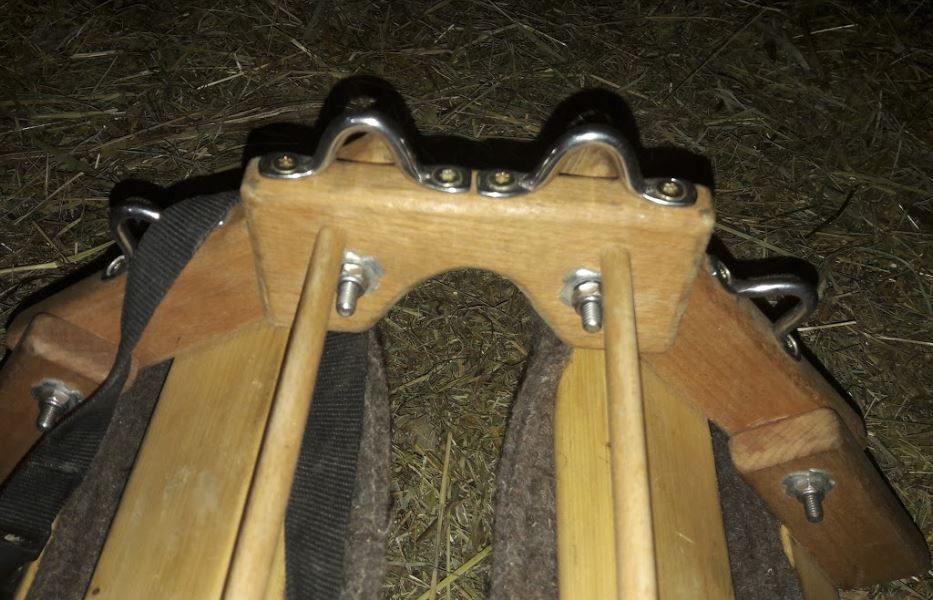Northwolf
Well-Known Member
I'm not sure if I'm in the right topic...
As asked in this thread http://www.miniaturehorsetalk.com/index.php/topic/138054-shetlands-capable-of-being-trail-companion/ how to use shetlands or other miniature horses as a pack animal on trails, I wanted to share my self-made pack saddle idea with you.
First, I think there are a lot of possibilities packing some stuff on a miniature horses back. It might have companies who sell pack saddles especially for minis. My first pack saddle was a kind of a goat pack saddle, but it doesn't fit well.
The goat saddle:
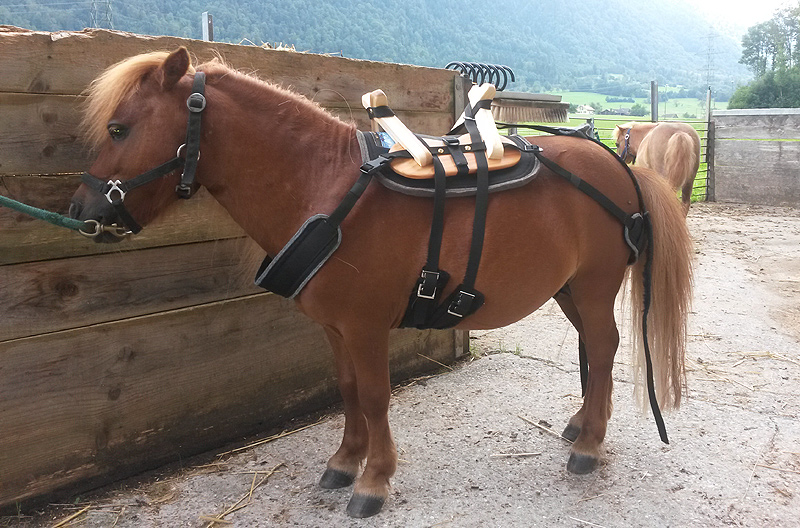
It looked pretty good with the goat saddle (the company made this saddle in a customized version for miniature horses), but he had pressure points after using it 2-3 times.
So we considered how to build a saddle on our own that fits really perfect. It should be good enough for my mini (32") to carry up to 20 pounds on an alpine route (2015, we did a longer hiking over the swiss alps down to Italy).
We got inspiration by the swiss army pack saddle, who is fully adjustable and can be customized to almost all types of horses. This is an important benefit when you make longer hikes, because horses can lose some weight during the hike.
My husband made a fully adjustable wooden saddle tree after measuring the back of my pony.
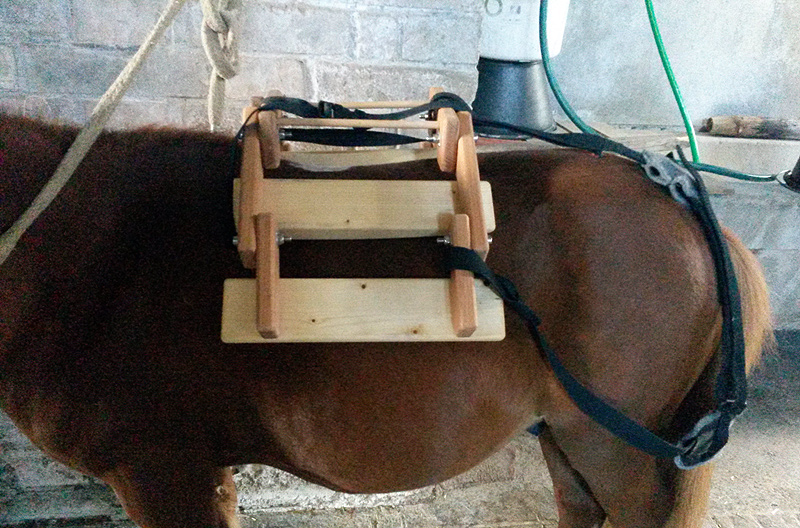
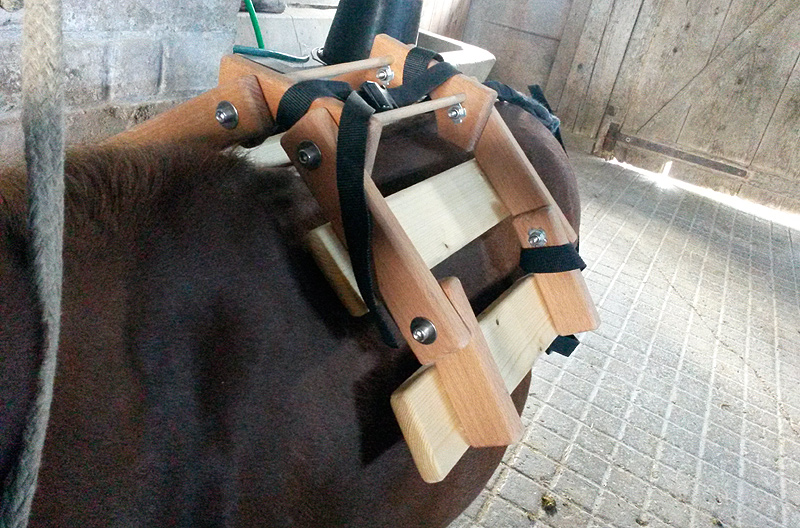
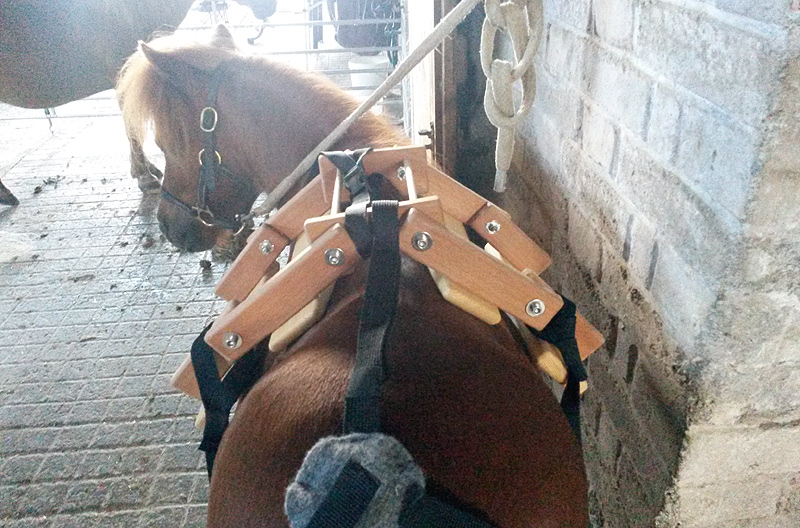
(this is the saddle tree without pads)
Then, I made pads for the 4 bearing surfaces. I used foam material and wool case.
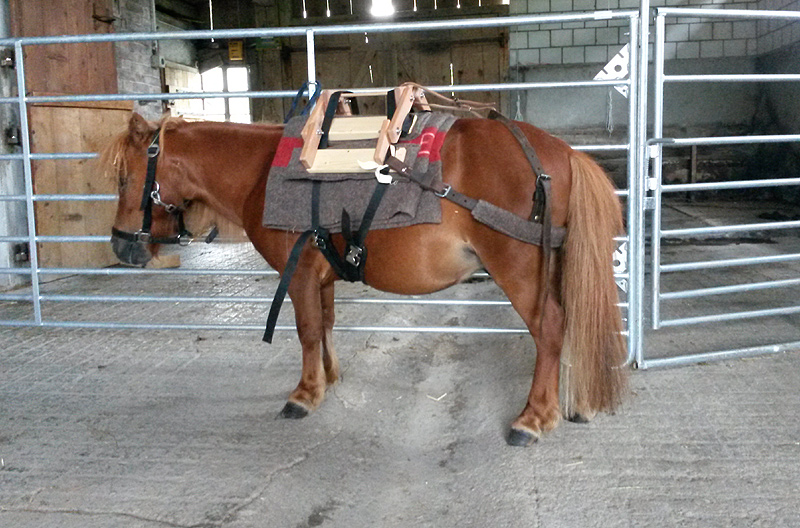
Later, I improved the breeching by adding a crupper. There was never a front harness necessary, even when we had to climb.
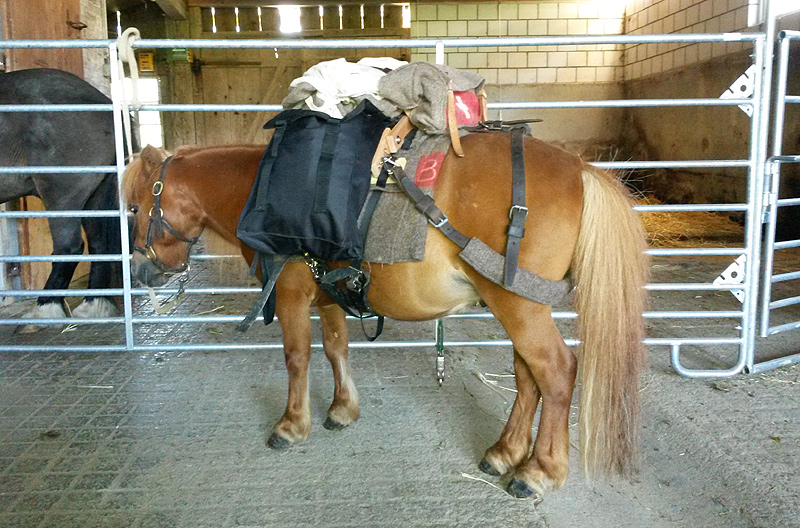
The saddlebags are normal saddlebags made for riders. I just customized them a little bit.
As asked in this thread http://www.miniaturehorsetalk.com/index.php/topic/138054-shetlands-capable-of-being-trail-companion/ how to use shetlands or other miniature horses as a pack animal on trails, I wanted to share my self-made pack saddle idea with you.
First, I think there are a lot of possibilities packing some stuff on a miniature horses back. It might have companies who sell pack saddles especially for minis. My first pack saddle was a kind of a goat pack saddle, but it doesn't fit well.
The goat saddle:

It looked pretty good with the goat saddle (the company made this saddle in a customized version for miniature horses), but he had pressure points after using it 2-3 times.
So we considered how to build a saddle on our own that fits really perfect. It should be good enough for my mini (32") to carry up to 20 pounds on an alpine route (2015, we did a longer hiking over the swiss alps down to Italy).
We got inspiration by the swiss army pack saddle, who is fully adjustable and can be customized to almost all types of horses. This is an important benefit when you make longer hikes, because horses can lose some weight during the hike.
My husband made a fully adjustable wooden saddle tree after measuring the back of my pony.



(this is the saddle tree without pads)
Then, I made pads for the 4 bearing surfaces. I used foam material and wool case.

Later, I improved the breeching by adding a crupper. There was never a front harness necessary, even when we had to climb.

The saddlebags are normal saddlebags made for riders. I just customized them a little bit.
Last edited by a moderator:




